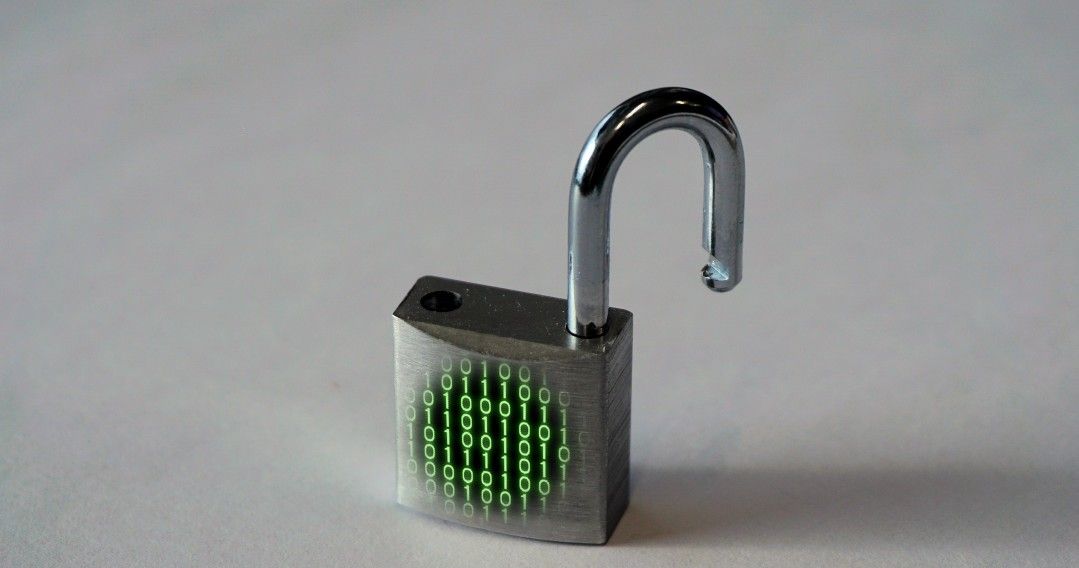📡The Benefits of Using AES Offloading with Intel Processors in Encrypting SD-WAN Communications🔐
 Ronald Bartels
Ronald Bartels
In today's digitally-driven landscape, secure and efficient communication is paramount, especially when managing wide area networks (WANs) in a software-defined environment. SD-WANs have transformed network connectivity by enabling centralized control, dynamic traffic routing, and cost savings. However, with increased reliance on cloud-based applications, security has become a primary concern, especially in encrypting WAN traffic to protect it from interception and tampering.
This is where the Advanced Encryption Standard (AES) comes into play, and specifically, the performance and security benefits of AES offloading on Intel processors. When paired with Fusion Broadband South Africa’s SD-WAN solution, it delivers a high-performance, highly secure system designed to protect critical business communications.
What is AES?
The Advanced Encryption Standard (AES) is a symmetric encryption algorithm that has become the most widely adopted encryption standard worldwide. It was established by the U.S. National Institute of Standards and Technology (NIST) in 2001 to replace the older Data Encryption Standard (DES). AES operates using block ciphers, encrypting data in blocks of 128 bits, and it supports key sizes of 128, 192, or 256 bits. The higher the key size, the stronger the encryption.
AES is the de facto encryption method used for securing everything from network traffic to databases, and it’s highly efficient in protecting sensitive data. However, AES encryption can be computationally intensive, particularly when dealing with high volumes of data, which could introduce latency and degrade network performance.
Intel® AES-NI | Hardware-Accelerated Encryption
Recognizing the performance challenges inherent in cryptographic processing, Intel developed AES New Instructions (AES-NI), a set of hardware instructions that accelerates the execution of the AES encryption algorithm. Intel® AES-NI reduces the computational overhead traditionally associated with encryption, making it faster and more efficient.
Intel AES-NI works by offloading the computationally intensive parts of AES, like key expansion and data transformations, directly to the hardware level. This significantly boosts encryption and decryption speeds while freeing up CPU resources for other tasks. For applications like SD-WAN, where traffic encryption is critical to securing connections between distributed sites, the performance advantages of Intel AES-NI are immediately apparent.
Benefits of AES Offloading in SD-WAN
1. Improved Performance and Throughput
With traditional, software-only AES implementations, encryption adds a processing burden on the CPU, slowing down network performance, especially in high-throughput environments. In contrast, Intel AES-NI offloading optimizes the encryption process, leading to increased throughput without significant latency, which is essential for SD-WAN environments handling large data flows. The result is high-speed, secure data transmissions with minimal impact on user experience.
2. Reduced CPU Load
By leveraging Intel AES-NI, the CPU load is significantly reduced, freeing up resources to handle other networking tasks like routing, traffic shaping, and dynamic path selection. This is especially beneficial in SD-WAN scenarios, where devices must constantly monitor and optimize multiple network paths. Reduced CPU consumption extends hardware longevity and enables cost-effective scaling as network demands grow.
3. Enhanced Security
One of the key security advantages of Intel AES-NI is the mitigation of side-channel attacks. Traditional AES implementations are vulnerable to these attacks due to their reliance on software table lookups, which can reveal patterns in data processing. Intel AES-NI replaces these lookups with hardware-optimized operations, which hardens encryption against such attacks. By offloading AES to hardware, SD-WAN solutions like Fusion’s can offer an enhanced level of security, ensuring that WAN traffic is protected from interception, even against sophisticated threats.
4. Lower Latency for Real-Time Applications
With encrypted traffic flowing across SD-WANs, latency is a critical consideration, particularly for real-time applications like VoIP, video conferencing, and collaborative tools. The accelerated encryption offered by Intel AES-NI enables low-latency data transfers, ensuring that real-time applications can run smoothly even over encrypted WAN links. This makes Fusion Broadband's SD-WAN ideal for organizations that prioritize communication clarity and responsiveness.
5. Energy Efficiency
The hardware-accelerated nature of Intel AES-NI means less power is consumed compared to traditional software-based encryption solutions. By offloading encryption tasks to the hardware, Intel processors can handle AES encryption more efficiently, leading to energy savings and a smaller environmental footprint—important considerations for organizations seeking sustainable solutions.
Fusion Broadband South Africa’s SD-WAN Advantage
Fusion Broadband South Africa leverages Intel’s AES-NI technology to provide secure, high-performance encryption across its SD-WAN solutions. This partnership allows Fusion to offer superior encrypted communication without compromising on network performance, which is crucial for businesses that rely on continuous uptime, low latency, and secure data handling.
Many legacy networking solutions, particularly those based on MIPS processors, struggle to match the performance of Intel AES-NI-accelerated systems. These legacy solutions, while functional, are often inadequate for the modern demands of SD-WAN, especially when it comes to encrypting high volumes of traffic without introducing significant latency or bandwidth constraints.
Fusion's SD-WAN not only benefits from hardware-accelerated AES encryption but also integrates this with additional features like zero-touch provisioning, dynamic path selection, and traffic analytics. This combination provides a robust, secure, and agile solution that outperforms competitors still relying on outdated encryption methods.
Wrap
By harnessing the power of Intel AES-NI, Fusion Broadband South Africa delivers a secure, high-performing SD-WAN solution that can handle the encryption demands of modern networks without sacrificing performance or reliability. Whether you're transmitting sensitive customer data or maintaining real-time communications, Fusion’s SD-WAN ensures that your network remains fast, secure, and resilient. For businesses looking to protect their WAN traffic without compromising on speed or efficiency, Fusion's use of AES offloading with Intel processors is a clear competitive advantage.
Ronald Bartels, the driving force behind connecting Internet-inhabiting entities at Fusion Broadband, explores the potential of SD-WAN as a catalyst for simplifying wide area networking, transforming complex deployments into accessible commodities for all.
Subscribe to my newsletter
Read articles from Ronald Bartels directly inside your inbox. Subscribe to the newsletter, and don't miss out.
Written by

Ronald Bartels
Ronald Bartels
Driving SD-WAN Adoption in South Africa